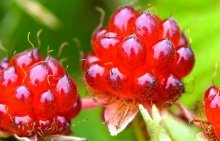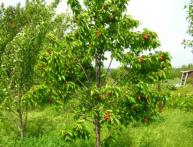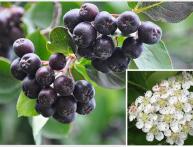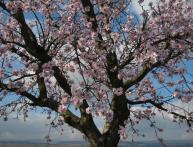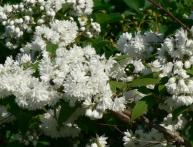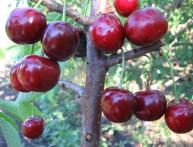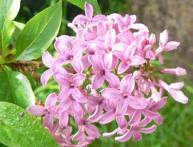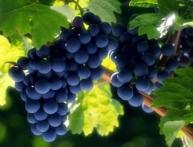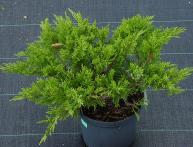Common princess: botanical description, growing conditions and reproduction
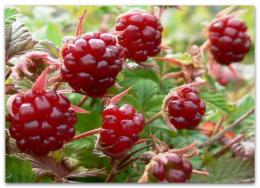
Knyazhenika or arctic raspberry is a perennial plant from the Rosaceae family. It is also popularly known as raspberries, drupes, and khokhlushka. The main value of this culture lies in the aromatic fruits that taste like a pineapple, and according to the external structure, raspberries.
Content:
- Botanical description of common princess
- Garden growing conditions and care measures
- Basic methods of reproduction
Botanical description of common princess
Common princess is a herbaceous perennial plant with a long creeping rhizome. Its depth can range from 15 to 25 cm. The total height of the plant is no more than 20 cm. The leaves of the princess are trifoliate, slightly wrinkled, and resemble raspberry leaves in appearance. The flowering period occurs at the end of June - beginning of July. The flowers are pink, solitary, up to 2 cm in diameter.
The flowering period of the princess is quite extended and can last for a month. The fruits begin to ripen at the end of August.
The princely berry is a drupe consisting of 25-50 small fruits. In appearance it is very similar to a berry raspberries. The color of the fruit varies from rich crimson to dark purple with a slight bluish bloom. The berries have a sweet and sour taste with a characteristic aroma.
The above-ground part of the prince is renewed annually, and new shoots grow from the buds located on the roots. Currently, there are varietal forms of this plant. As a result of crossing, a hybrid of princess and raspberry was obtained, which was called nectar raspberry.
Growing conditions in the garden
Loose soils of peat or sandy origin with an acidic or slightly acidic reaction are suitable for growing this berry. Knyazhenika prefers slightly shaded, constantly moist places with fertile soils. She feels best under the shade of trees or in the shade of buildings.
It is advisable that direct sunlight falls on it only in the evening or morning hours. When preparing the soil for planting princesses, well-rotted manure or compost, peat, or, in its absence, soil taken from under the spruce, are added for digging. Also, on poor soils, superphosphate and potassium salt are additionally added.
A bed for planting is laid about 1 meter wide. Shortly before planting, for the purpose of disinfection, it is spilled with a pink solution of potassium permanganate. Plants planted in a row at a distance of 25 cm from each other. The row spacing should be at least 80 cm.
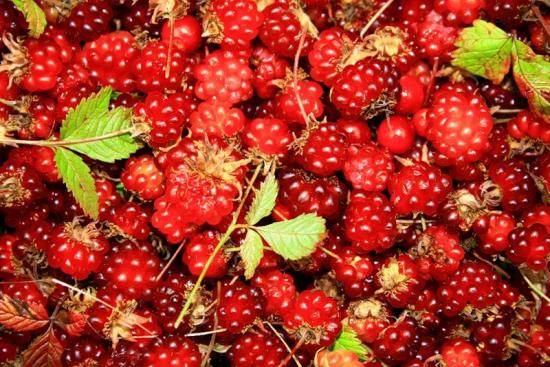
Caring for the princess consists of systematically removing weeds, loosening the soil and watering. It is also necessary to mulch the surface of the beds annually with peat or well-rotted manure.
Basic methods of reproduction
Knyazhenika can be propagated both by seed and vegetative means. To obtain plants that have inherited varietal maternal characteristics, dividing the bush or planting root suckers is most often used.
Glade seeds lose their viability very quickly, so they are sown immediately after collection.They are also quite slow to germinate and therefore require preliminary stratification. Because of these difficulties, the seed method of propagation of princesses is practically not used.
It is much faster and easier to divide overgrown bushes. Bushes growing in one place for many years can have up to 200 shoots growing from one common root system. During division, you need to ensure that each unit of the future planting material had a sufficient piece of the root system for further development and several full-fledged shoots.

The best time to propagate princesses by dividing the bush is early spring or early autumn. The princess can also be propagated by root cuttings. To do this, the roots of the plant are dug up in the fall, and future vegetative material is cut from them. The length of these segments should be no more than 10 cm.
Also, each of them must have a sufficient number of viable buds. They are planted in the ground immediately after division. The planting depth of the segments is no more than 4-5 cm. If wintering is successful, young shoots will develop from them next year.
Wild plants can also be used in garden culture. To do this, in the spring or autumn, planting material is prepared in the natural habitats of this species, which is then disembarks in the garden.
The value of the princess lies not only in its tasty and aromatic fruits, but also in its decorative appearance. It can be used very successfully for landscaping shady places and when creating various borders and paths.
Knyazhenika is a fairly unpretentious and undemanding crop; if necessary, growing it in your garden is quite simple.Its berries have high taste characteristics and can be successfully used in the preparation of many dishes. For long-term storage, they can be successfully frozen.
Video about growing and proper planting of princesses:


